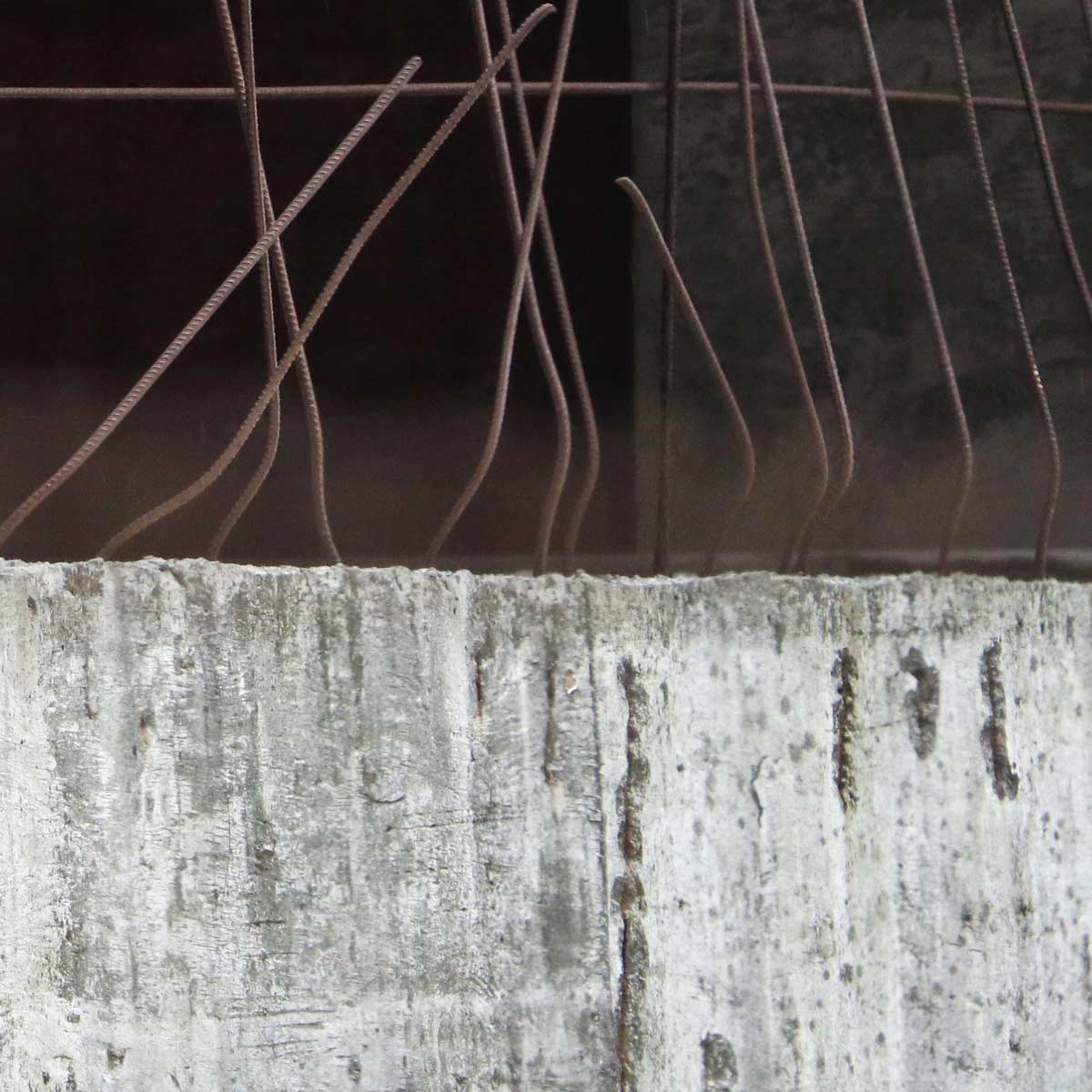
Beschreibung:
In February 2006, the Working Group on Concrete in Tunnel Construction of the Austrian Association for Concrete and Construction Technology (Österreichische Vereinigung für Betonund Bautechnik, ÖVBB) set up a Working Party on Concrete Segmental Lining Systems. This working party was mandated to draft an ÖVBB Guideline for Concrete Segments.
On the one hand, the new Guideline was to build on the findings of the ÖVBB State-of-the-Art Report on Segments, incorporating the most recent developments and practical experience. On the other hand, it was intended as a normative document providing recommendations for construction work.
To this end, a technical body comprising engineering consultants and staff members of engineering offices, representatives of universities as well as testing and research institutions, contractors and public clients was set up and tasked with elaborating the Guideline.
Besides the state of the art of relevant international guidelines and standards, the working party took into account current findings and experience from Austrian projects successfully executed with segmental lining systems over the last five years, such as the Wienerwald Tunnel, the Perschling chain of tunnels, the upgrading of the Lower Inn Valley railway line, the Wiental collector, the Vienna Underground and a number of power plant tunnels and galleries. Moreover, international experience gained by Austrian tunnelling engineers in their work abroad was also incorporated.
The present Guideline is intended as a practice-oriented set of rules and recommendations following the tradition of the Austrian Association for Concrete and Construction Technology. The members of the working party not only put in many hours of unpaid work, but also generously shared their personal know-how and expertise with their colleagues in the interest of achieving a high common engineering standard. Their efforts deserve our sincere thanks.
The frequent and often controversial technical discussions in the course of the drafting process have shown that “segmental lining” is a complex subject that defies an easy one-fits-all solution. Therefore, the Guideline had to be limited in both content and scope. This is all the more justified as segment technology is advancing rapidly and it would be inappropriate to hinder this development by adopting too rigid an approach. The very fact that the Guideline will continue to evolve is an indication of its quality rather than a deficiency.
This Guideline, which is the product of the commitment and dedication of Austrian engineering colleagues working in this field, is intended as a supporting instrument for the design and implementation of segmental lining projects.